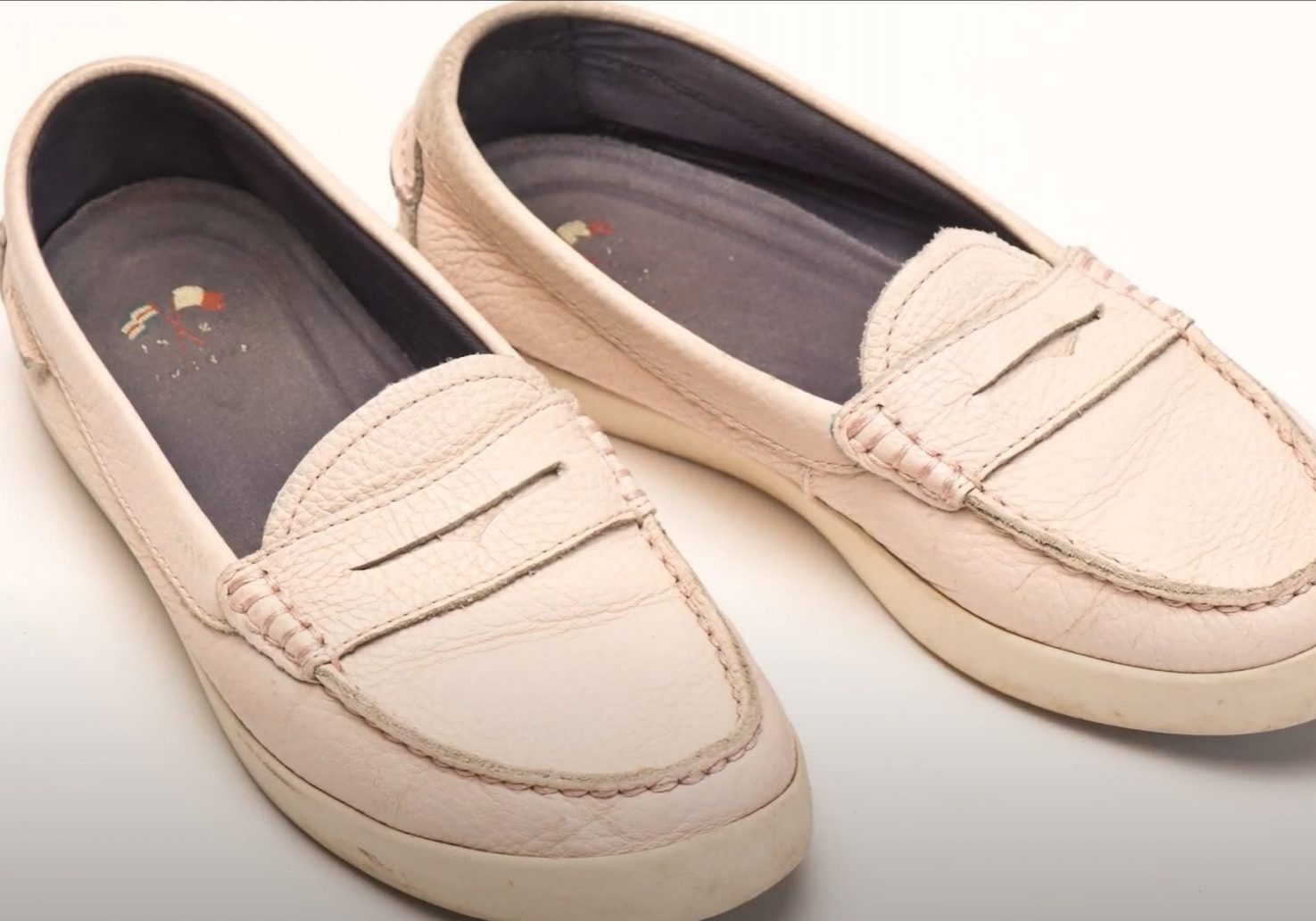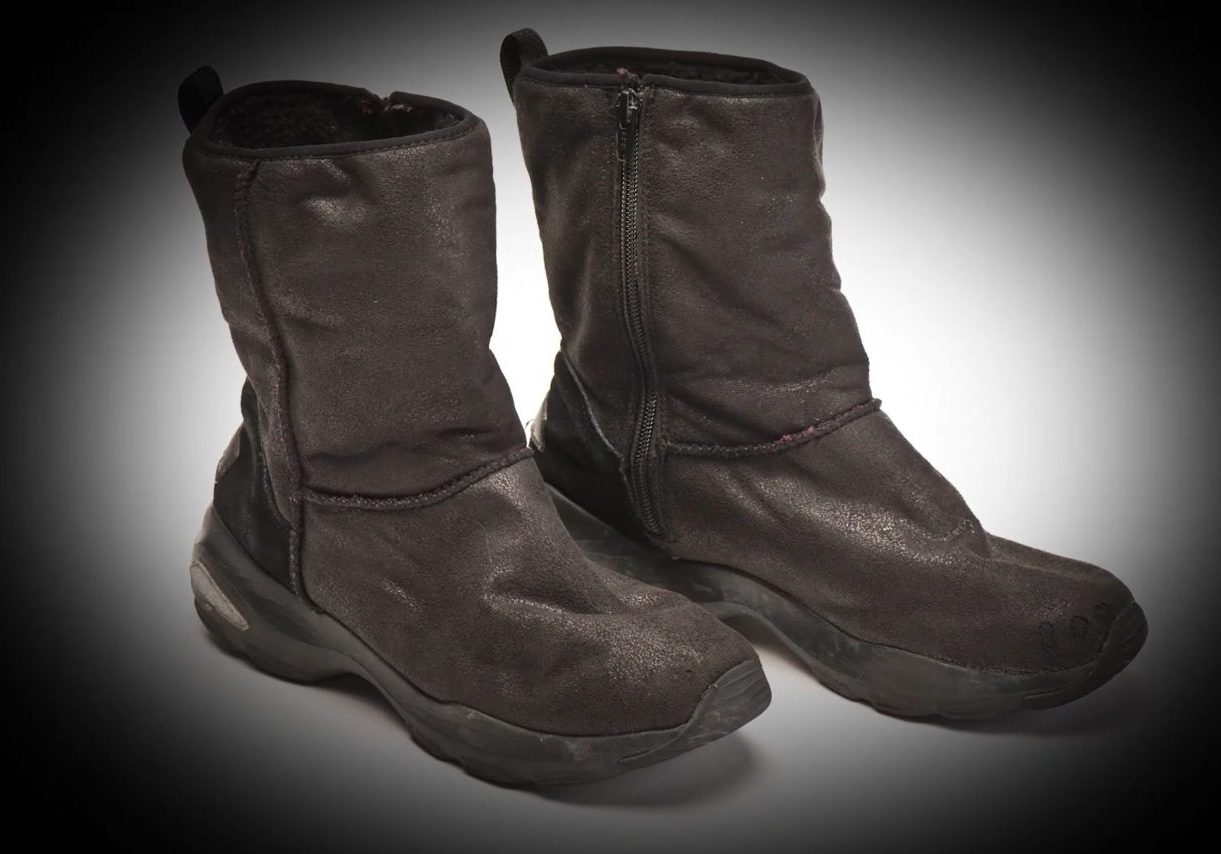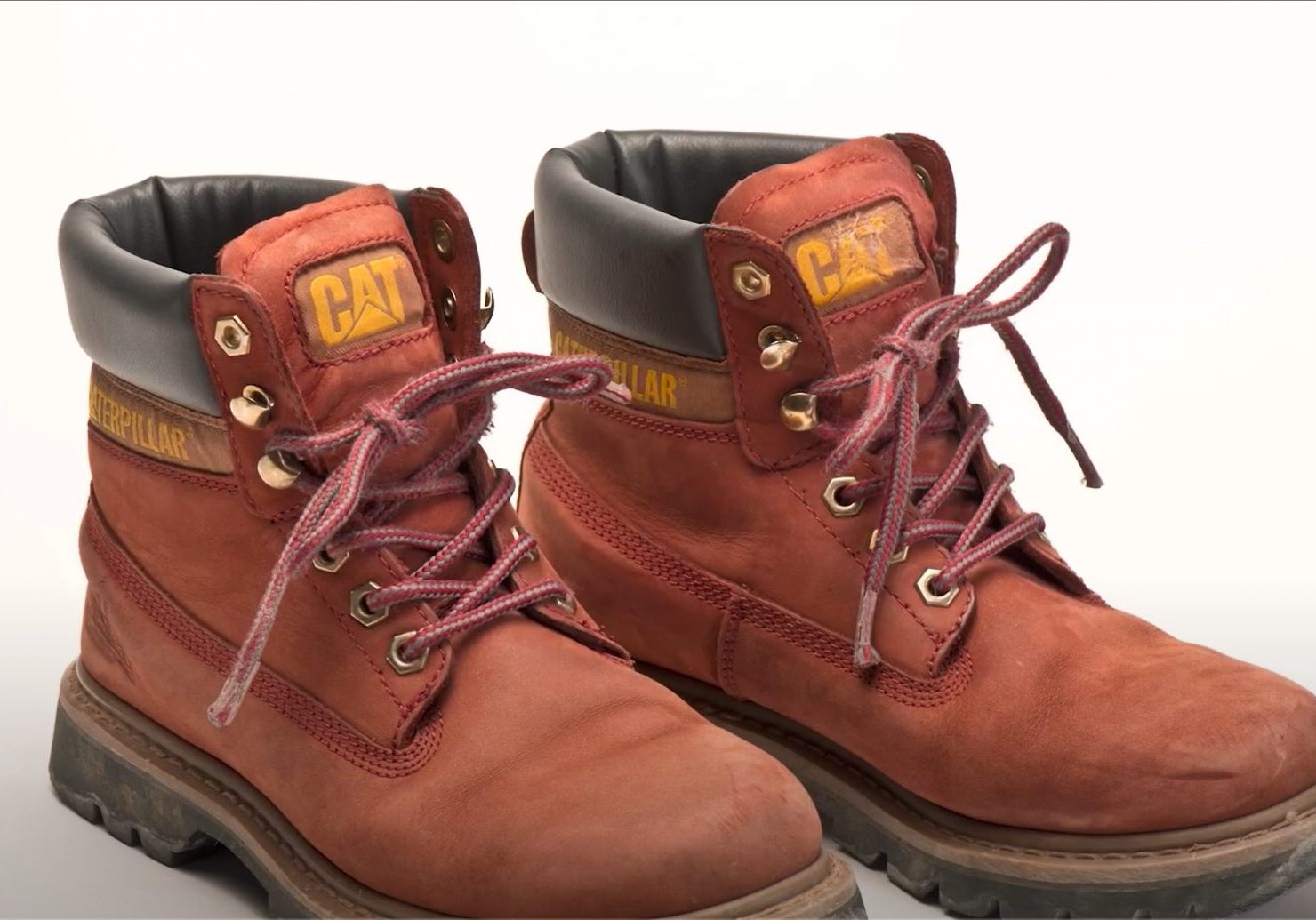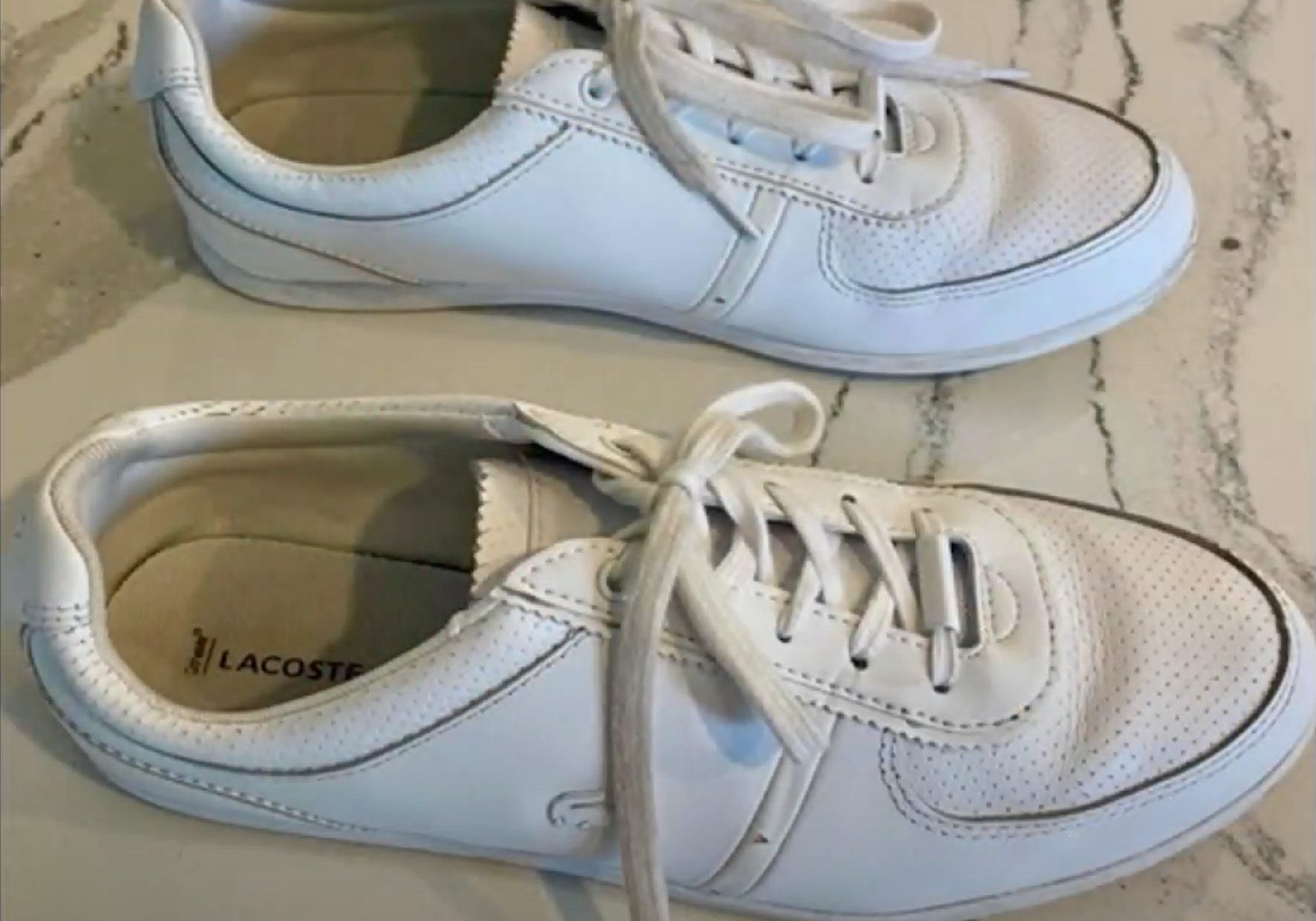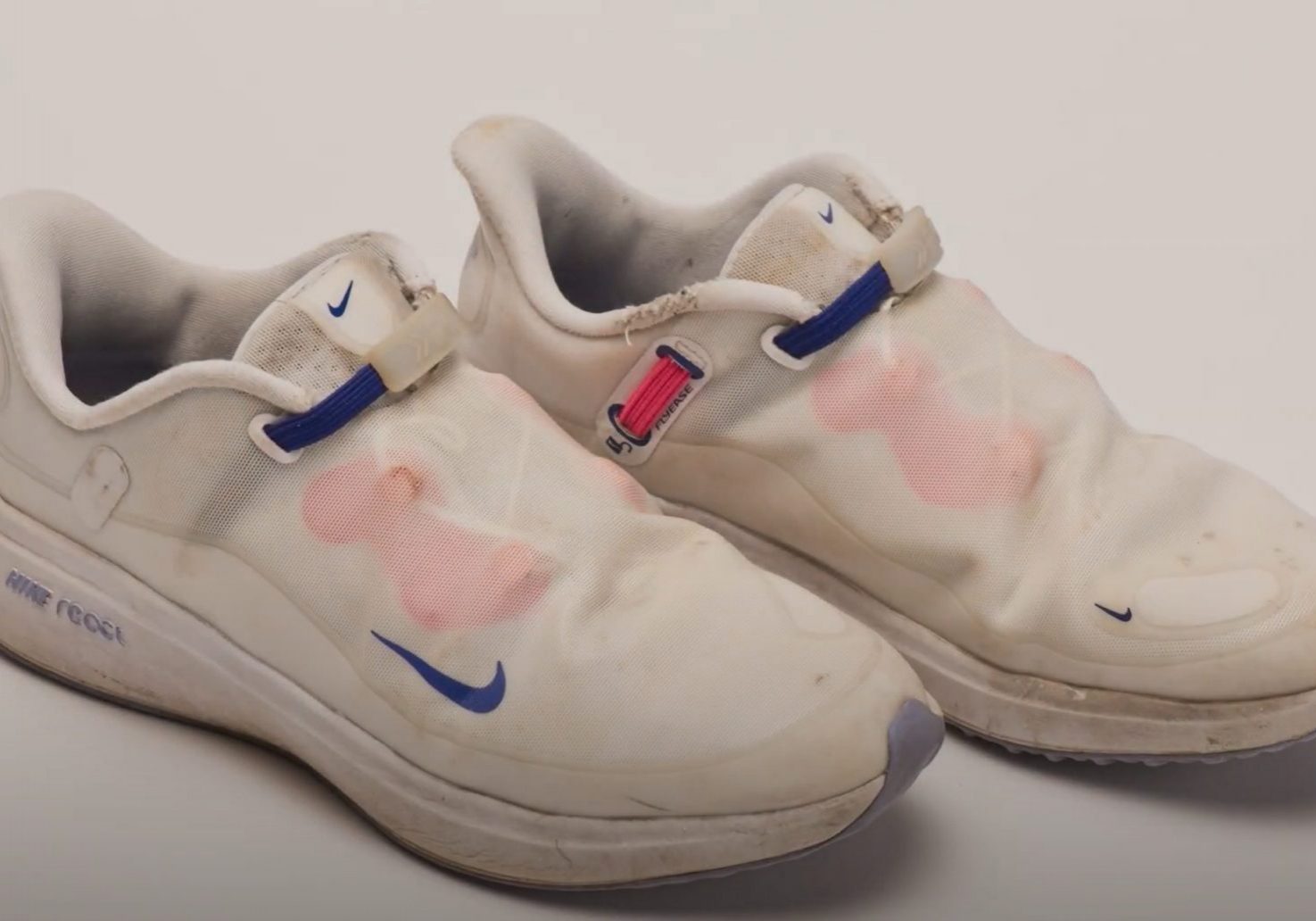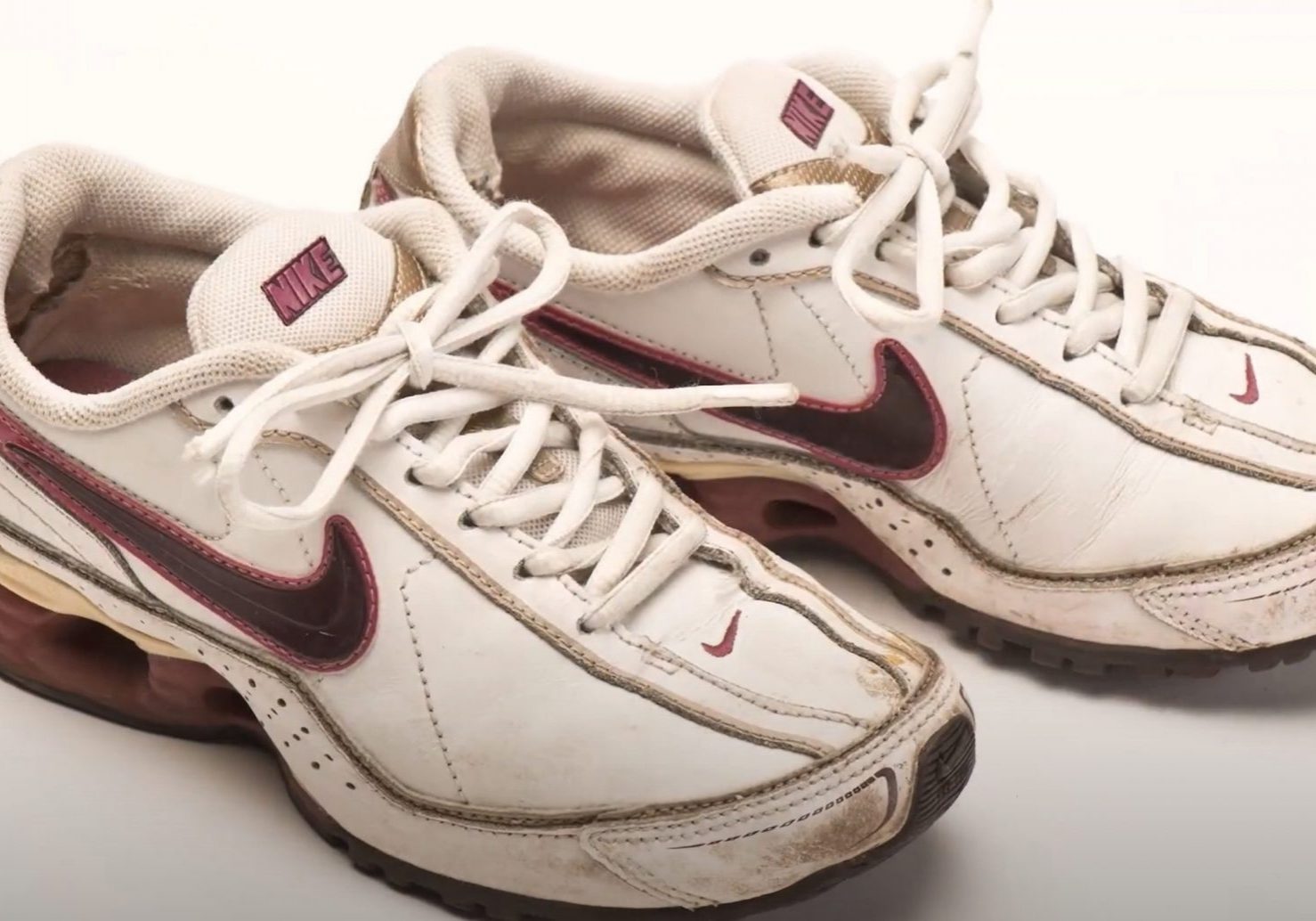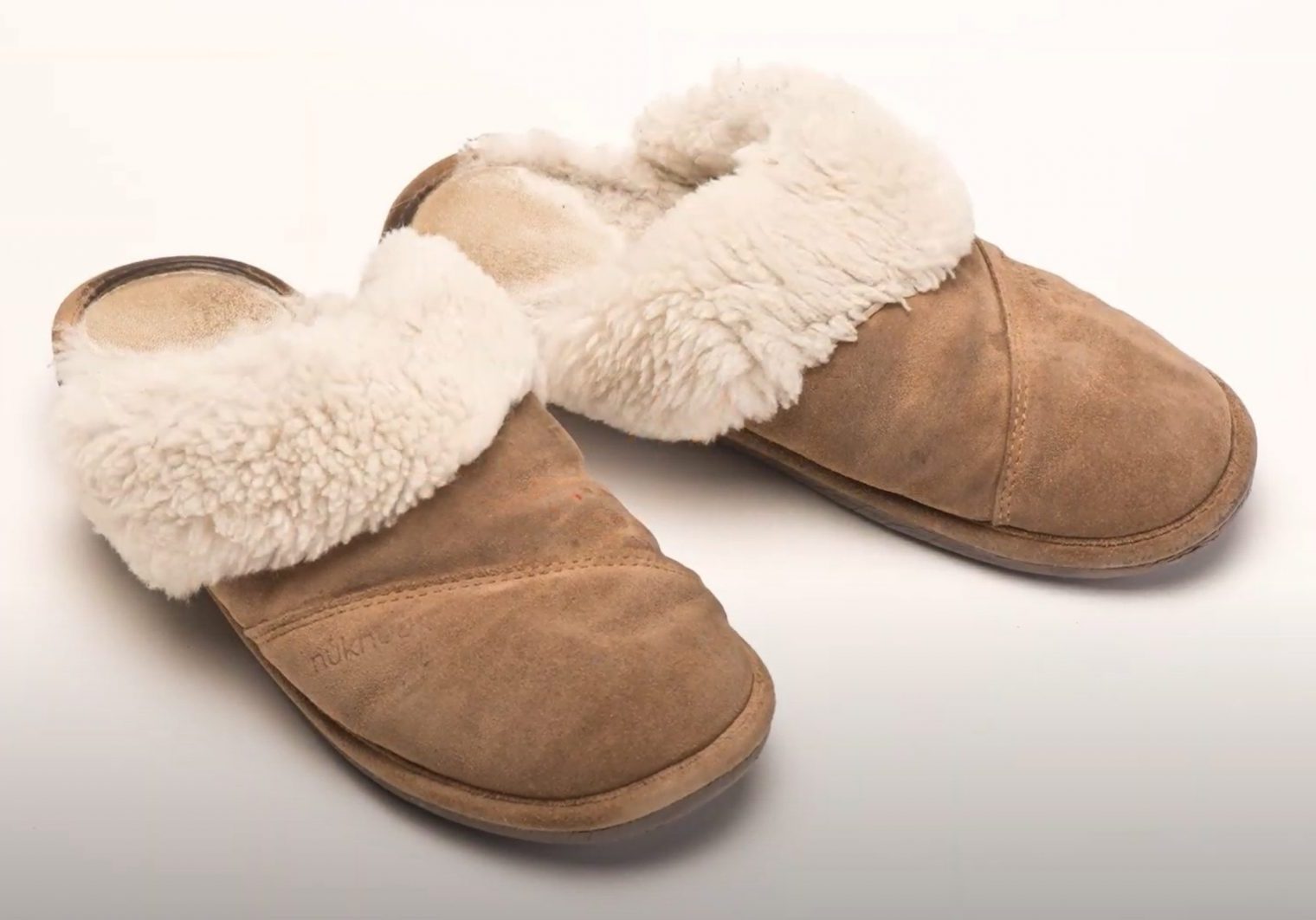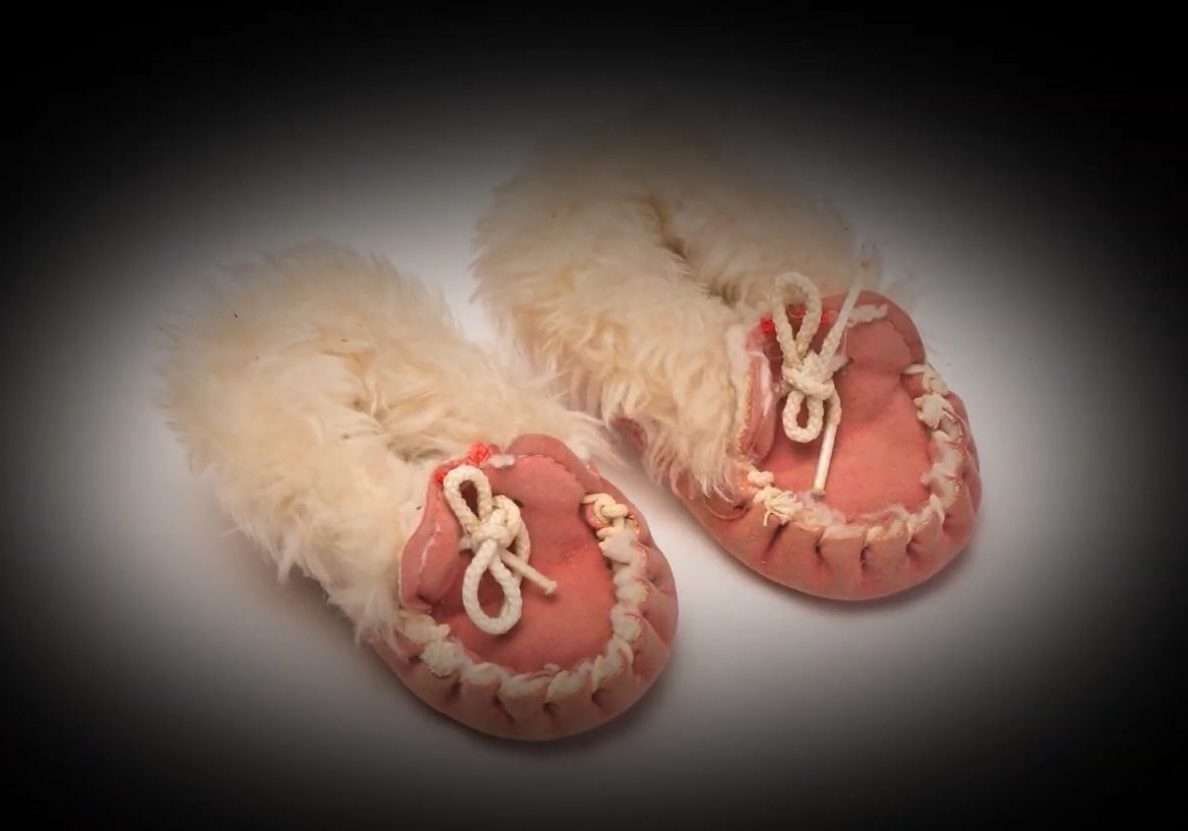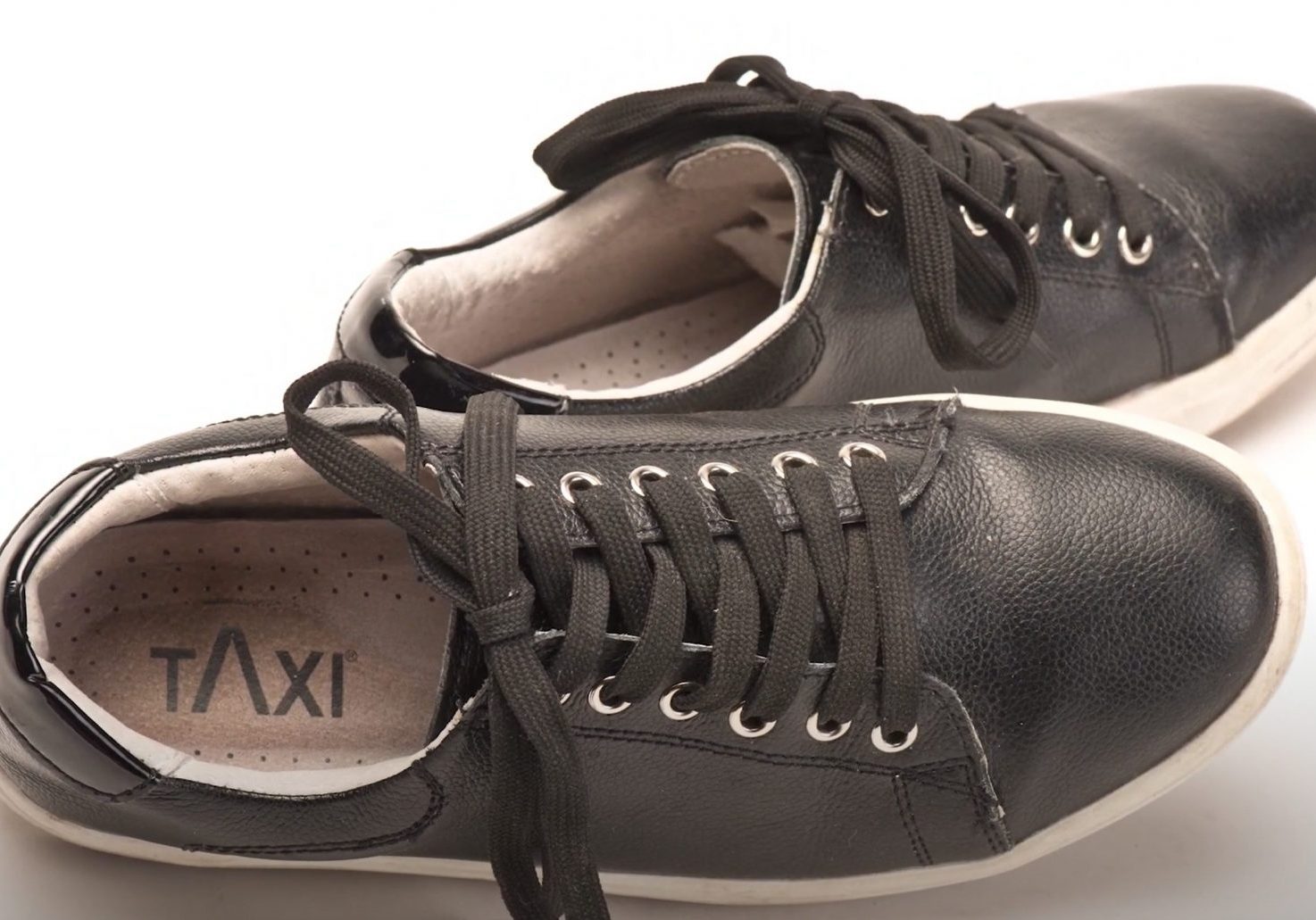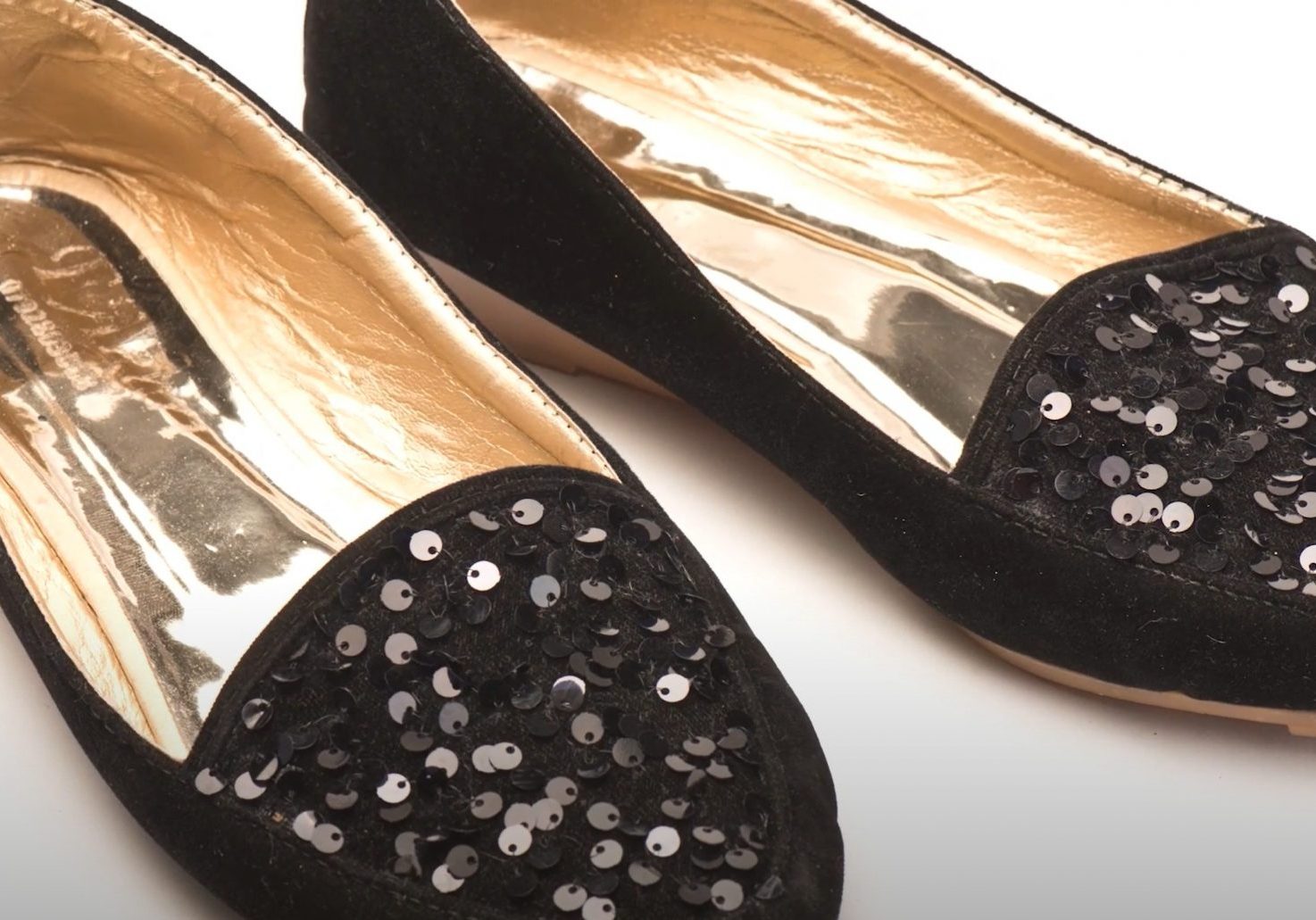No Gender Converse
Marcela Mendez (+Video)
Story:
I always thought women’s shoes were uncomfortable. To say it better, they didn’t fit me, or I didn’t fit in them. I remember preferring sneakers or boots to high heels, and I didn’t want to be a princess in a fairy tale either.
I wondered why men were the only ones riding horses, climbing mountains, and fighting the bad guys in the movies, while their ladies had no other role but expecting to be rescued. In my movie, I was the one climbing my own mountain wearing my rubber boots.
I was born in Cali, Colombia, a city where women and men are dominated by gender stereotypes. Femininity and masculinity depend on one’s appearance. If you are a woman, you must be soft, dress in a certain way, and transform your body to adjust to the model of beauty and glamour.
In school, I played sports and was more independent and adventurous than other girls. I didn’t identify with some “girl games”. The first time I felt I was different was during a basketball game. Someone said, “Be more delicate. You look like a boy.” That evening, confronted with a mirror, I asked: “Do I look like a tomboy?” I thought there was something wrong with me.
By the time I turned sixteen, I was trying hard to look more “girly” and pretended to be quiet. Out of fear, I avoided sharing my thoughts aloud. Eventually, I disconnected with myself and started to think there was only one way to be a woman.
However, the dissatisfaction of what I was going through, led me to a deep desire to leave, to run away. At twenty-nine, I invented an excuse to study abroad. I went as far as Germany. Despite the many challenges and my limited knowledge of the language, I was breathing freedom.
Once settled, I needed some new comfy shoes. And there they were: my white Converse running shoes, not as comfy as they look, but light as a feather with a quality I immediately loved. They are not assigned to any gender. Speaking out loud, I said, “These are going to be my gender-neutral travel shoes.”
I went back to Colombia after my German experience, and three years ago, I jumped again into the unknown. I left my sense of security behind. I was afraid and didn´t know much about Canada, except the myths and realities about the weather. And I wasn’t clear what I was looking for when I left Colombia. It wasn’t better opportunities. I wasn’t escaping any life-threatening situation. I think I was looking for myself. Other than a few valuables, I packed my Converses. They represented the freedom I wanted, and I could not leave them behind.
When I arrived in Canada, I felt amazed by the number of different cultures and the gender diversity. In Colombia, if you are a transgender person, you will not survive a ride in public transit without harassment. If you’re a girl who look like a boy, they will laugh at you, and if you had a same sex partner, probably you would be afraid to hold hands in public.
I have come to believe that gender is perhaps a cultural construct, beliefs that most cultures—especially mine—impose to prevent us from finding our gender expression. But here I feel safe. I have found a path to reconnect with a part of me I tried to ignore. Escaping the prison of gender stereotypes, I also connected with my femininity again and stopped being afraid of my vulnerabilities. Sadly, to me, Colombia represented a threat to my authenticity, to the life that I wanted to lead.
My Converses gave me courage. Like them, I became more flexible and learned to travel light. Even though I change them for boots in the winter and sneakers for running, to me, they will always represent freedom: the most valuable state of being.
